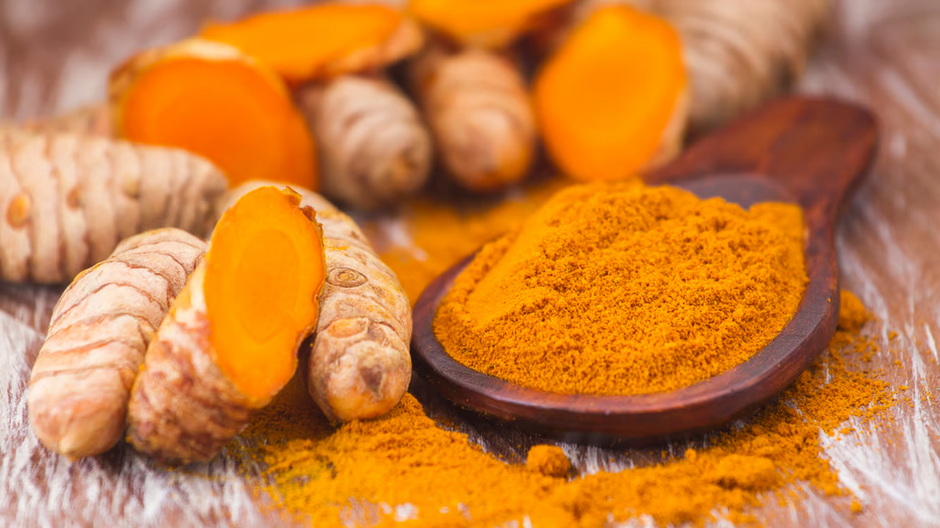
Lead in turmeric more than 200 times the limit in parts of India: Study
Patna shows highest adulteration; polished turmeric roots most contaminated, followed by loose powder
08 Nov 2024, 1:24 am
Lead levels in turmeric sold in India, Nepal and Pakistan were several times higher than the regulatory limit, according to a new study.
Samples from India’s Patna, and Pakistan’s Karachi and Peshawar had lead levels in turmeric exceeding 1,000 microgram/gram (μg/g), the study published in Science of The Total Environment found. Guwahati and Chennai also saw levels exceeding the regulatory limit set by Food Safety and Standards Authority of India (FSSAI).
The regulatory limit for lead in turmeric whole and powder is 10 μg / g, states FSSAI’s Food Safety And Standards (Contaminants, Toxins And Residues) Regulations, 2011.
“Consuming turmeric with lead at these levels would likely contribute to lead poisoning across the region, particularly for children,” the researchers wrote in their study.
Lead is a heavy metal known to mimic calcium, which is stored in bone. It interrupts metabolic processes in humans, impacting intelligence, and increasing the risk of heart disease, kidney failure and premature death.
Children having blood lead level of 10 µg / L is associated with a loss of 1 intelligence quotient point.
Globally, 815 million children are estimated to have blood lead levels greater than 50 µg / L and 413 million children have blood lead levels over 100 µg / L.
While there is no known safe blood lead concentration, even blood lead concentrations as low as 3.5 µg / dL (decilitre, a tenth of a litre) may be associated with decreased intelligence in children, behavioural difficulties and learning problems.
The researchers analysed turmeric samples were collected from 23 major cities across India, Pakistan, Sri Lanka and Nepal between December 2020 and March 2021.
Their analysis found that 14 per cent of turmeric samples had lead levels above 2 μg / g, while the World Health Organization maintains that no quantity of lead consumption is safe. In India, Patna and Guwahati the maximum levels were found to be 2,274 μg / g and 127 μg / g. Samples in both places were reportedly sourced from Bihar, the study highlighted.
Polished turmeric roots were found to be most contaminated, followed by loose powder, packaged branded powder and unpolished roots.
In India and Pakistan, the permissible levels of lead are the same for loose and packaged turmeric. The national food safety authorities are responsible for lead testing.
Polished roots and loose powder were the only forms of turmeric with lead levels above 1,000 μg / g. The loose, under-regulated spices were more likely to be adulterated than packaged turmeric, the study pointed out.
The study also concluded that the most likely source of lead in turmeric samples was lead chromate, a yellow pigment used in paints, rubber, plastics and ceramic coatings. Spices adulterated with lead chromate have been linked with lead poisoning in many countries, including Bangladesh and the United States.
FSSAI’s rules require turmeric to be free from lead chromate, added starch and any other extraneous colouring matter. Down To Earth reached out to FSSAI for a response. The story will be updated when they respond.
The researchers had previously investigated the turmeric supply chain in Bangladesh. They saw the country had a widespread practice of adding lead chromate to turmeric roots to enhance appearances and to facilitate the sale of poor-quality roots. This practice, the study noted, dates back to the 1980s.
“Subsequent efforts should explore the turmeric supply chain in these regions to understand the scope of the problem, where lead chromate is entering the turmeric supply chain, as well as the incentives driving the practice,” the study read.


Comments